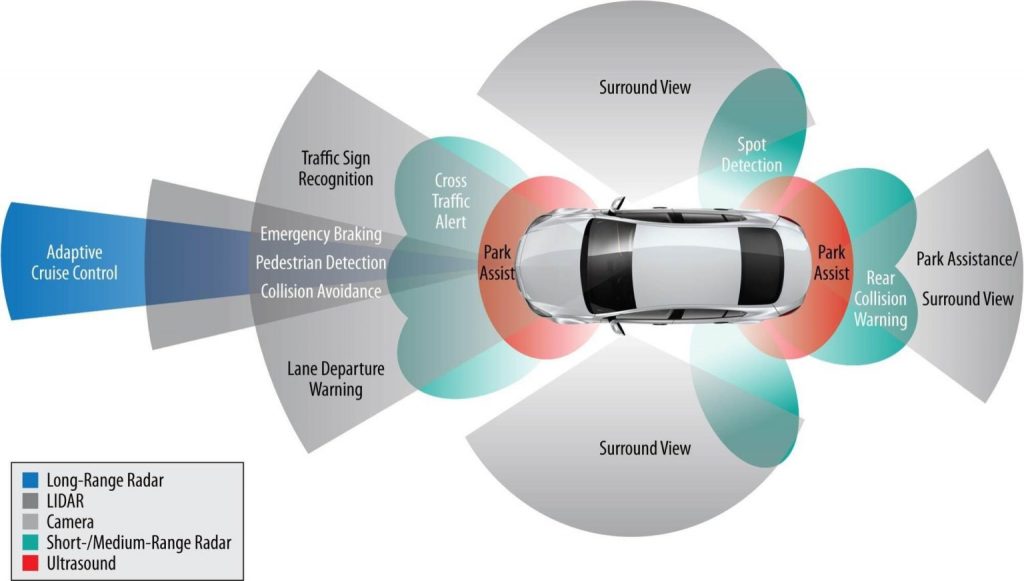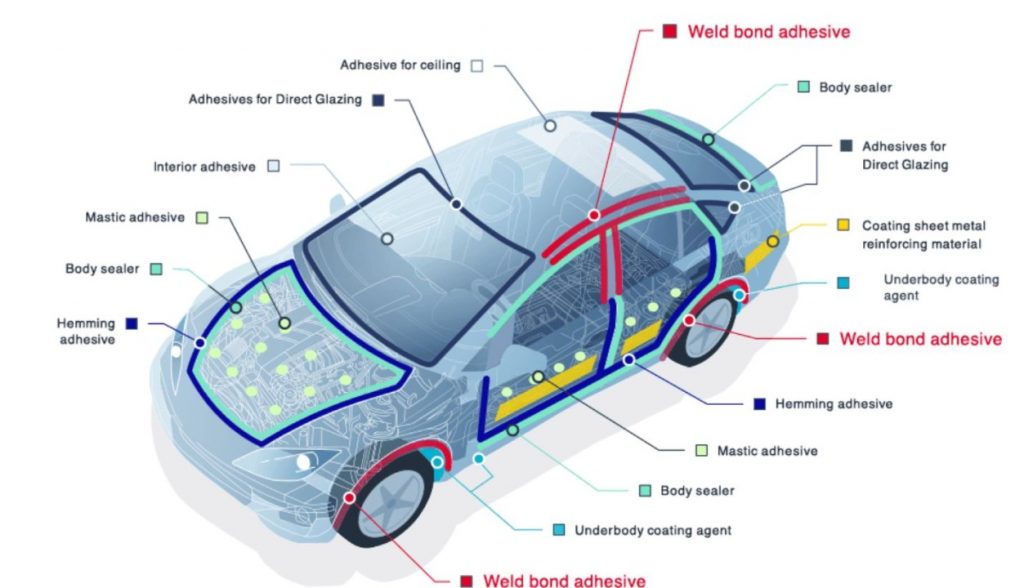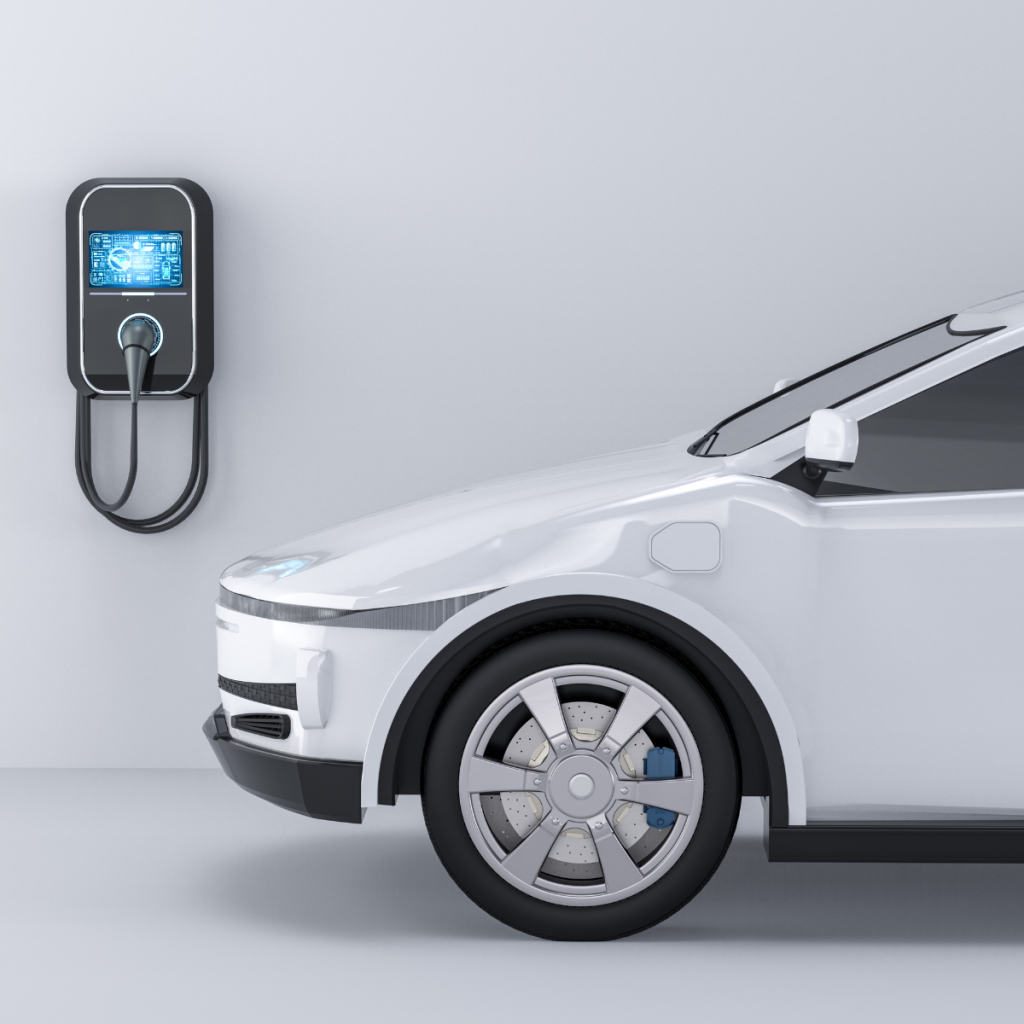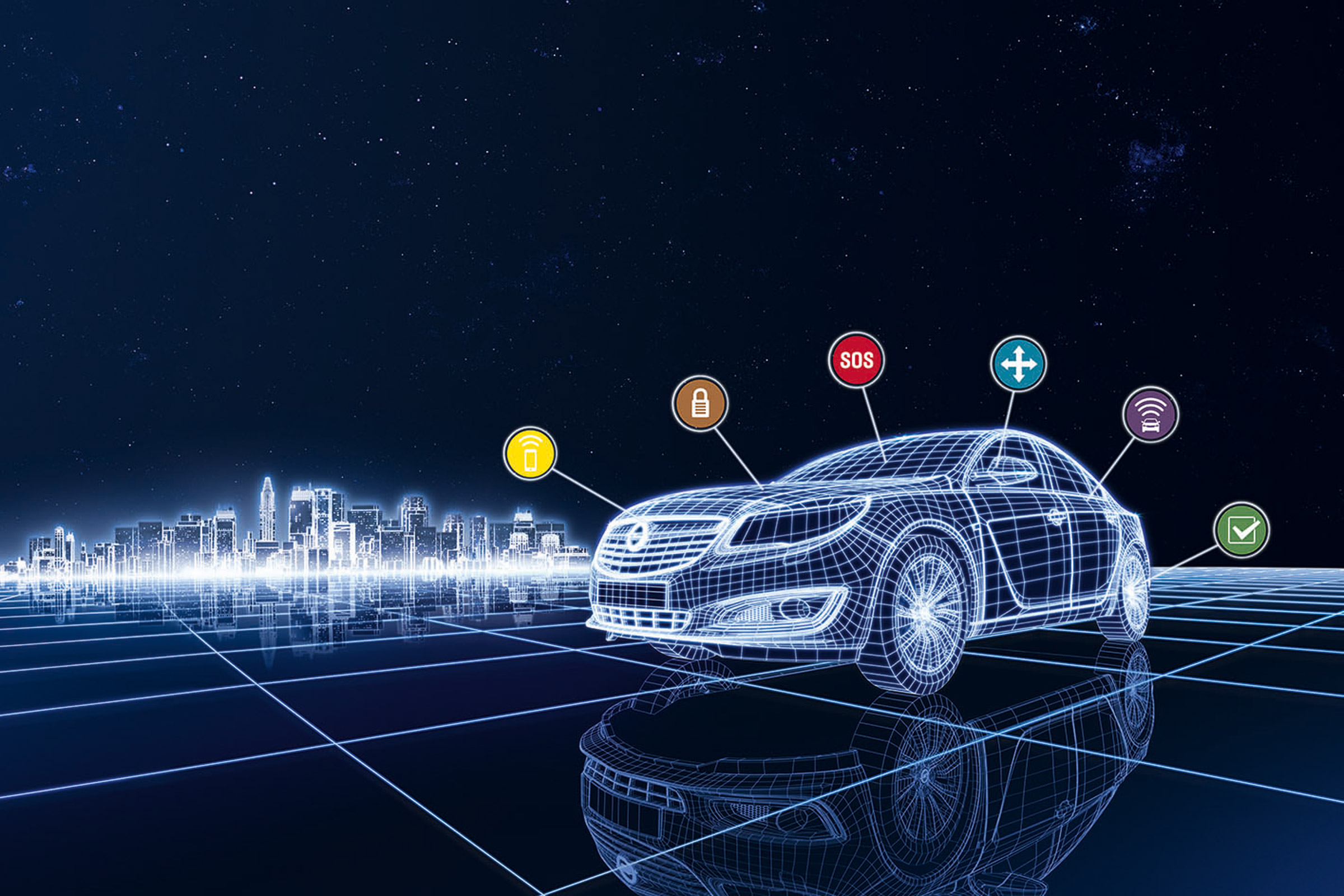In today’s world, car safety has evolved significantly with the integration of advanced technology. Modern cars are equipped with a wide range of safety features designed to protect both the driver and passengers, as well as minimize the risk of accidents. From active safety systems that prevent collisions to passive features that protect during an impact, these innovations play a critical role in enhancing road safety. Whether you’re a first-time car buyer or simply looking to upgrade your current vehicle, understanding the features of modern car safety systems can help you make an informed decision. In this article, we’ll explore the key car safety features you should know, including their functions, benefits, and how they contribute to safer driving experiences.
Advanced Driver Assistance Systems (ADAS)
One of the most significant advancements in car safety is the development of Advanced Driver Assistance Systems (ADAS). These technologies use cameras, sensors, and radar to assist drivers in maintaining control and avoiding accidents. Let’s take a closer look at some of the most common ADAS features.

Lane Departure Warning (LDW) and Lane Keep Assist (LKA)
Lane Departure Warning (LDW) helps to alert the driver when the vehicle unintentionally drifts out of its lane, often using visual or audio alerts. Lane Keep Assist (LKA) takes this a step further by actively steering the vehicle back into its lane if it detects the car is veering off course. These features are especially beneficial during long drives or when driving in heavy traffic.
Adaptive Cruise Control (ACC)
Adaptive Cruise Control (ACC) enhances traditional cruise control by automatically adjusting the car’s speed to maintain a safe distance from the vehicle in front. Using radar and cameras, ACC can slow down the vehicle when the traffic in front slows down and speed up again once the road clears. This feature helps reduce the burden on the driver and can improve overall safety, particularly on highways.
Blind Spot Detection (BSD) and Rear Cross-Traffic Alert (RCTA)
Blind Spot Detection (BSD) uses sensors to monitor the areas around your vehicle that may not be visible through the mirrors. If a vehicle enters your blind spot, the system will alert you to help avoid a potential collision. Rear Cross-Traffic Alert (RCTA) helps when reversing out of parking spaces by detecting approaching vehicles and warning the driver of any potential hazards.
Automatic Emergency Braking (AEB)
Automatic Emergency Braking (AEB) is a safety feature that uses sensors and cameras to detect potential collisions with vehicles, pedestrians, or obstacles. If the system detects an imminent crash and the driver doesn’t react in time, it automatically applies the brakes to avoid or mitigate the collision. This feature is particularly useful in preventing rear-end crashes and reducing the severity of accidents.
Passive Safety Features
While active safety systems help prevent accidents, passive safety features are designed to protect the occupants in the event of a crash. These features include airbags, seat belts, crumple zones, and safety cell designs that work together to reduce the impact of a collision.

Airbags
Airbags have become standard in modern cars, and their role in reducing injury during accidents is well-documented. Modern vehicles are equipped with a variety of airbags, including front airbags, side-impact airbags, curtain airbags, and knee airbags. These airbags deploy upon impact, cushioning the passengers and reducing the risk of serious injury. The positioning and technology behind airbags have advanced over the years, with sensors that adjust deployment force based on factors like passenger weight and seat position.
Seat Belts and Pre-Tensioners
Seat belts remain one of the most important safety features in any vehicle. Modern seat belts are equipped with pre-tensioners that tighten the belt during an impact, holding the occupant securely in place. Additionally, many cars now come with seat belt reminders to ensure that all passengers are wearing their seat belts before driving.
Crumple Zones and Safety Cell
Crumple zones are areas of the vehicle that are designed to deform and absorb energy during a collision, protecting the cabin area and reducing the risk of injury. The safety cell is the reinforced structure of the vehicle that surrounds the occupants, providing a protective space in the event of an accident. Together, these features help minimize the forces exerted on the passengers during a crash.
Child Safety Features
For families, child safety is a major concern. Modern vehicles come equipped with child safety features such as LATCH (Lower Anchors and Tethers for Children) systems, which make it easier to securely install car seats. Some vehicles also offer rear-seat airbags that deactivate when a child seat is detected, as well as seat belt warnings that alert parents if a child is not properly buckled in.
Vehicle Stability and Control Systems
Another critical aspect of modern car safety systems is vehicle stability and control. These systems help drivers maintain control of the car, especially in challenging driving conditions like slippery roads or sharp turns.

Electronic Stability Control (ESC)
Electronic Stability Control (ESC) is a system that helps prevent skidding and loss of control by automatically applying brakes to individual wheels when the vehicle starts to veer off course. This is particularly helpful during extreme weather conditions or emergency maneuvers, as it helps the driver regain control of the vehicle.
Traction Control System (TCS)
Traction Control System (TCS) works in conjunction with ESC to prevent wheel spin, especially when accelerating on slippery or uneven surfaces. TCS applies brakes or reduces engine power to the affected wheels, ensuring that the car maintains traction and stability.
Hill-Start Assist (HSA)
Hill-Start Assist (HSA) is a feature that helps prevent rollback when starting on an incline. By holding the brakes for a few seconds after the driver releases the brake pedal, HSA gives the driver enough time to accelerate without rolling backward, which can be particularly helpful when driving on steep hills.
Driver Monitoring and Alert Systems
Some vehicles are now equipped with driver monitoring systems that help ensure the driver remains focused and alert while on the road. These systems use cameras and sensors to track the driver’s head movements and eye contact to detect signs of drowsiness or distraction.
Drowsiness Detection
Drowsiness detection systems monitor the driver’s behavior for signs of fatigue, such as erratic steering or slow reaction times. If the system detects that the driver is showing signs of drowsiness, it will alert the driver with visual or audio warnings. This feature is particularly useful for long-distance drivers or those driving during nighttime hours.
Distraction Detection
Distraction detection works by monitoring the driver’s attention. If the system detects that the driver’s eyes are not focused on the road (due to looking at a phone or other distractions), it will issue a warning to encourage the driver to refocus.
Conclusion: Enhancing Your Driving Experience with Modern Safety Features

Modern car safety systems are a testament to the significant progress that has been made in the automotive industry. With features designed to prevent accidents, protect occupants during collisions, and improve overall driving stability, these systems are helping to make the roads safer for everyone. From advanced driver assistance systems to passive safety features and driver monitoring, these technologies work together to reduce risk and improve safety.
When purchasing a new vehicle, it’s essential to consider which safety features are available and how they can benefit you. As technology continues to evolve, car manufacturers are likely to introduce even more innovative solutions that enhance the safety of drivers, passengers, and pedestrians alike. By staying informed about the latest safety features, you can make a more confident decision and drive with greater peace of mind.

Leave a Reply